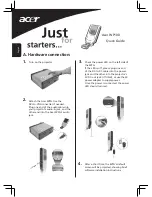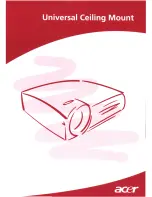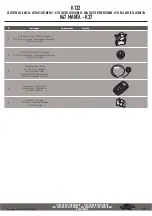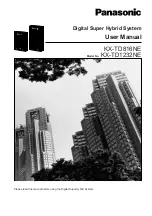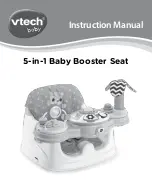
EWB100 Usage and Deployment Guide
Rev 1.13
Page 94
There are approximately 400 audio clips stored in the runtime image. This list of
clips is called the Default Directory and includes: letters, numbers, status and
configuration phrases, common phrases, various tone sequences, phrases for
demo applications, etc. The Default Dictionary is basically a list of clip names. All
the audio clips the device needs to function are defined in the Default Dictionary.
The contents of the default directory are listed in Appendix C of this document.
There are 3 sets of clip tables:
Default
Flash downloaded
RAM downloaded
The Default set of clip tables are stored as part of the basic runtime software and
contain all the clips defined in the Default Dictionary. Most are g729 clips but
there are few 711 and PCM clips.
The second set of clip tables can be stored in a dedicated flash area of memory.
There is currently about 1.75MB of flash memory reserved for downloaded audio
clips. These clip tables are the primary means by which clips are added to the
device by customers.
The third set of clip tables are stored in RAM. These would be used to store very
dynamic clips that would be altered frequently. The player routines handle such
tables but at present there is no way to load them into RAM.
There can thus be up to 12 clip tables in a system, numbered 0 to 11. Tables 0-3
are the default tables, 4-7 are the flash downloadable tables, and 9-11 would be
the RAM tables.
Whenever the device wants to play an audio sequence, it will build a list of one or
more clip-ids and submit it an internal routine that will play out the sequence.
Clip-ids are used in a variety of data structures throughout the system.
19.3
Clip names and clip-ids
Clip-ids are never seen by any user, including those doing configuration. They
are an internal data structure. What users see during the configuration process
are the clip names. The internal audio software maps from the clip name to a
clip-id by searching the clip tables. The clip tables are searched in the following
sequence:
RAM Tables => Flash Tables => Default Tables
And
G729 Tables => G711u Tables => G711a Tables => PCM Tables
With this model, users can select a more dynamic form of the clip in place of a
less dynamic form. Hence any clip in the Default tables can be overridden by a
clip in the Flash tables. Likewise any clip in the Flash tables can be overridden by
a clip in the RAM tables.
Summary of Contents for TEAM Badge (EWB100)
Page 12: ...EWB100 Usage and Deployment Guide Rev 1 13 Page 12 ...
Page 37: ...EWB100 Usage and Deployment Guide Rev 1 13 Page 37 ...
Page 39: ...EWB100 Usage and Deployment Guide Rev 1 13 Page 39 ...
Page 49: ...EWB100 Usage and Deployment Guide Rev 1 13 Page 49 set pr rxwttmask 0 z where z 1 x 1 1 y 1 ...
Page 57: ...EWB100 Usage and Deployment Guide Rev 1 13 Page 57 ...
Page 134: ...EWB100 Usage and Deployment Guide Rev 1 13 Page 134 Wait while the driver installs Wait ...
Page 146: ...EWB100 Usage and Deployment Guide Rev 1 13 Page 146 ...































